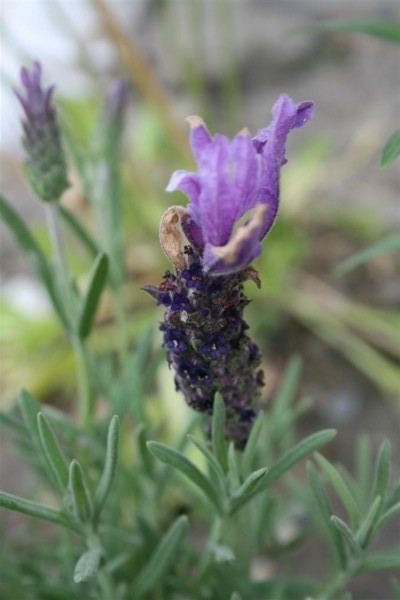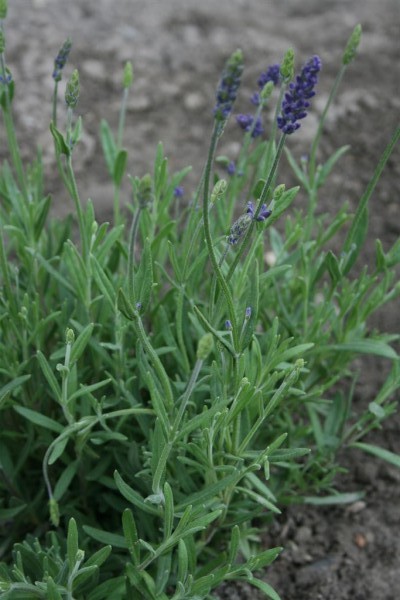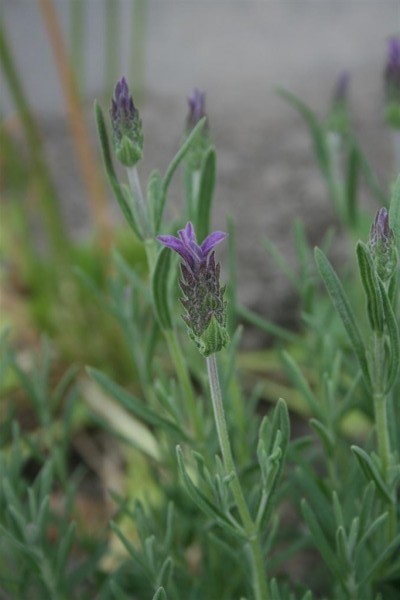Lacrosse

I love the way lacrosse players hold their sticks up in the air when they do their team cheer. So fun.

The season is over. It’s funny how I always look forward to the end of a sports season, relishing the time I’ll get back, the hours I won’t have to spend in the car, thinking of the routine we can re-establish when it’s done.

Then the last game is upon us. I stand on the sidelines in beautiful weather and watch my children do what they love to do. That’s when the sadness hits. All of a sudden I wish it could go on just a bit longer. Spring seasons are especially like this, since summer and fall will bring tryouts, new teams, new coaches. I realize we’ll never get back to this place and suddenly I miss it.

There is a great deal I don’t understand about lacrosse. In my mind it’s a hybrid of several sports, but really I guess it’s all it’s own. What I do know is that my son loves it. It’s been good for him. I’m so proud of him for being unafraid to try something new, for committing himself to learn things he’s never done before.
I am grateful, as well. Grateful for the great friends he has made. Grateful that, by some miracle, he seems to have landed with some good kids. Grateful for the excitement with which they have won, and grateful for the grace with which they have lost. The camaraderie of this team has been remarkable. They have won and lost together . They have cheered for each other. I am proud of them for developing these essential life skills along with athletic skills.

Most of all, I’m grateful for our son, this soon-to-be 14, turning into a tall young man, size 11 shoe, boy of ours. I’m grateful he puts up with me. I’m grateful for the moments when I get a glimpse of who he’s trying to become. These years are so hard, but he’s trying, and I love him for that.
HH






